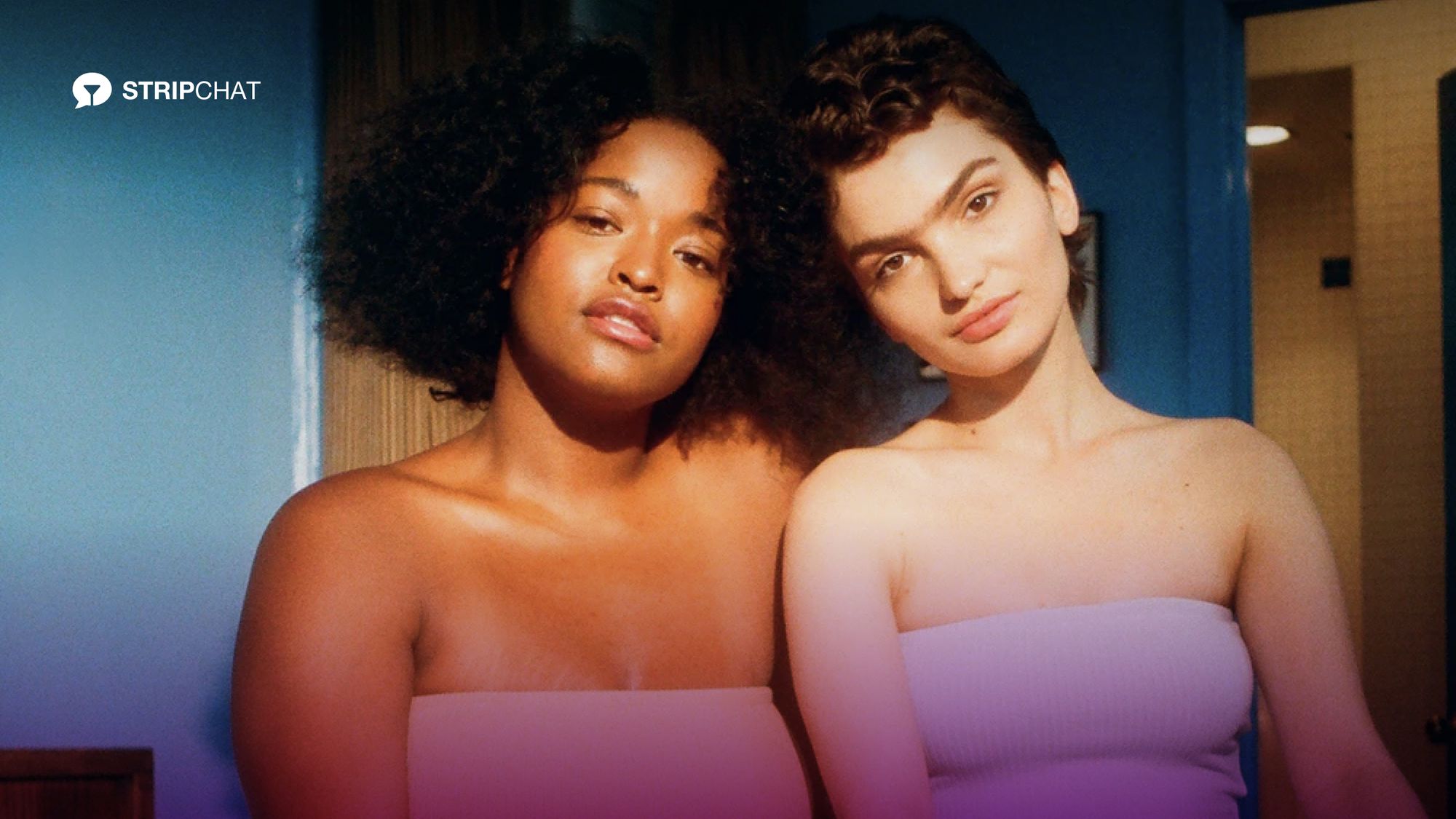Understanding asexuality: what it really means to be asexual
What it really means to be asexual
In an oversexualized world like ours, asexuals are probably one of the most misunderstood and underrepresented groups. For each asexual person in the world, there’s about 10 other people telling them “it’s just that you haven’t had good sex”. But asexuality is not something you grow out of, and it’s as valid as any other sexual orientation.

What does it mean to be asexual?
First thing worth mentioning is that asexuality means different things to different people. And ultimately, it’s on them to choose how they want to identify as.
Generally speaking, we could say that asexual people are not drawn to people sexually or do not want to act upon attraction to others in a sexual way. But just like sexuality, asexuality is a spectrum, so every human-being sits on a different side of it; some experience no sexual attraction at all, while others may experience sexual attraction only in certain circumstances. To better understand this, let’s break it down to the basics.
Different types of attraction
One of the wrong assumptions people make of asexual people (ace for short), is that since they’re not interested in sex, they’re also not interested in having romantic relationship with anyone and open to have only friendships. While this might be the case for aromantic asexuals, it doesn’t necessarily apply to all the rest. Not experiencing sexual attraction doesn’t mean that you can’t experience other forms of attraction.
Romantic – the desire to be romantically involved with another person.
Aesthetic – the appreciation for a person’s appearance.
Sensual – the desire to engage in sensual activities with a person, such as hugging, kissing, or cuddling.
Emotional – the desire to have an emotional connection with someone.
Asexuals who experience these forms of attraction will get fulfillment from relationships without sex. Likewise, being asexual is not at odds with being any other sexual orientation, so they may still identify as gay, straight, lesbian, bi, or pansexual.
Others may experience sexual attraction in very limited circumstances, like for example demisexuals, who only feel sexually attracted to someone when they have an emotional bond with the partner. The prefix “demi” comes to say that they’re halfway between sexual and asexual, for which reason people include them under the asexuality umbrella.

How arousal works in asexual people
We must differentiate between libido and sexual attraction. Libido, commonly known as sex drive, is the wish to feel sexual pleasure, whereas sexual attraction entails finding a person sexually appealing and wanting to have sex with them.
Asexual people can have a libido, though it has nothing to deal with other people or partnered sex. In other words, they have a libido but lack sexual attraction, which would explain why they might enjoy masturbation and do it occasionally.
Similarly, many ace might have sex for different reasons like showing and receiving affection, making their partner happy, or for the sensual part of sex, involving cuddling and touching. And just for the record, their physiology works fine; they have the same physical ability to reach orgasm and feel pleasure as everybody else. It’s just that they don’t experience that wish to sleep with another person in first place.
It is important, however, to distinguish asexuality from Hypoactive Sexual Desire Disorder (HSDD). The latter is an actual medical condition where there are sexual needs that we didn’t fulfil, to the point of personal distress. Additionally, conditions like fear of intimacy, sexual aversion or loss of libido are also a different thing that nothing have to do with being ace.
For its part, asexuality it’s not a medical concern or something that must be fixed. It’s simply an intrinsic part of who some people are.
Asexuality is fluid and desire can shift over time
For some people, their capacity for attraction is fluid and therefore may shift over time. So today they might feel little to no sexual attraction, and in a couple of months they might experience it more often, or the other way around, and that’s totally OK. Their asexual identity is still valid.





